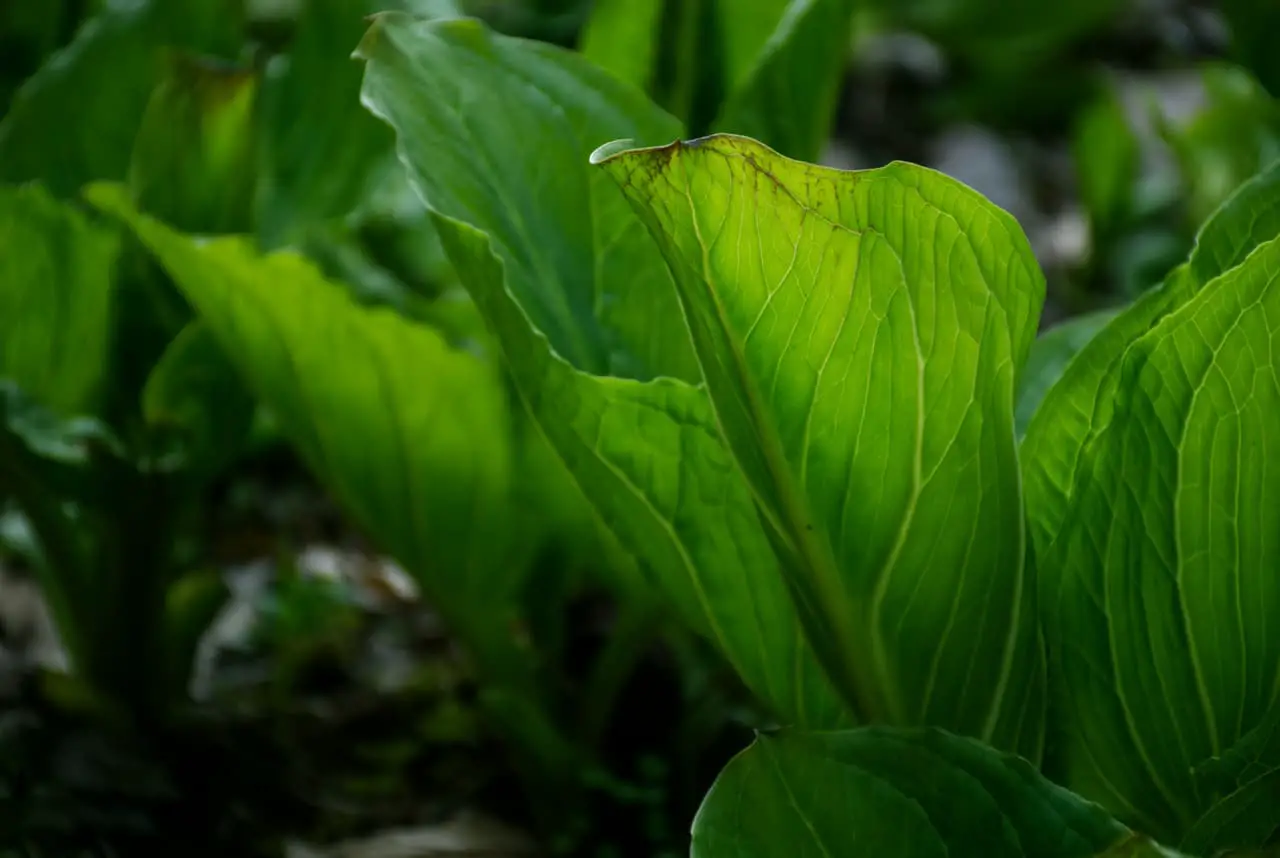
Plants and animals are living beings that function in very different ways: while the former transform the sun’s energy into food, the others cannot do that but we do have the ability to move from one place to another. Our lifestyle differs so much from that of plant beings, that it is logical that we have created a dividing barrier that separates both worlds.
However, it is important to remember that when it comes to moving on, each and every one of us is ‘born’ with a strong survival instinct. Because, it is fascinating to wonder if plants feel painsince this is a sensation that sets off a series of reactions in the body to, precisely, reduce this discomfort as soon as possible.

Before proceeding, it is important to know what pain is. Although we have all felt it once, pain is a signal from the nervous system that warns us that something is causing us discomfort. And of course, knowing this, many will say that plants do not feel it, because they do not have a nervous system, or maybe they do?
Well, for a living being to feel pain and recognize it as such, it must have neurons that are responsible for identifying that sensation. Plants lack neurons, making it impossible for them to feel pain. Now, this is a half-truth, because it has been discovered that they have cells that produce and emit electrical signals, (almost) like the neurons in our brain do.
Therefore, although they do not feel it, yes they react to damage. And this is something that researchers from the United States and Japan discovered, who developed a study which was published in Science in September 2018. This study consisted of inducing damage to a leaf of a genetically modified plant that produces a protein which lights up when calcium reacts in some way (when its production increases, for example).
The results were amazing. Apparently, When it is damaged, the amount of calcium in the cells increases considerably, and as a result, a fluorescent protein sensitive to this mineral lights upSo:
In this video, sped up because a plant’s reaction time is slow, at one millimeter per second (ours is up to 120 meters per second), it shows how proteins light up after a leaf is bitten or cut. . But the scientists went further. They wanted to know why calcium increased so muchWhat was it that gave him the, let’s say, starting gun.
They didn’t get too complicated. In humans, this signal is given by glutamate, a neurotransmitter that is responsible for communicating neurons with others. Well this time they put a few drops of glutamate on a normal plantthat is, not GMO, and this is what they saw:
What does this mean? Well, very simple: what glutamate is able to mimic plant damage signals. But for that to be yes, plants must be able to identify this neurotransmitter, and they can only do so if they themselves produce it as This studio showed that they did in 2013.
But if this seems surprising to you, there is still more. When a plant is subjected to significant and / or constant damagefor example caused by a lot of herbivorous animals who feed on its leaves day after day, it will react by producing more calcium, whose signal in turn will stimulate the production of toxic chemicals for these animals.
One of the cases that attracted the most attention was that of the Kudu and South African acacias, which was published in New Scientist in 1990. In the 80s the hunting of the Kudu increased much, too much, to the point that the species was seriously endangered. Therefore, a group of people decided to take them to a safe place, wired so that they could not go out, and where there were several acacia specimens that they could use as food.

What no one expected is that the animals began to die poisoned … by acacias. Are, when subjected to such stress, they began to produce a gas called ethylene, which caused the leaves to produce tanninssubstances that killed thousands of Kudu. This gas also served to alert the other acacias that had not yet suffered damage, which began to produce tannins in their leaves to protect themselves from kudúes.
Once again, the increase in calcium production, as a consequence of glutamate, was the trigger for this increase in tannins in the leaves. Even the smell of freshly cut grass is actually a call from the plants to those who can be of great helpsuch as parasitic wasps that lay their eggs on grass-eating caterpillars.
So, summarizing. Plants do NOT feel pain, but when they are put under great stress they react, and they can do it in really curious ways.
